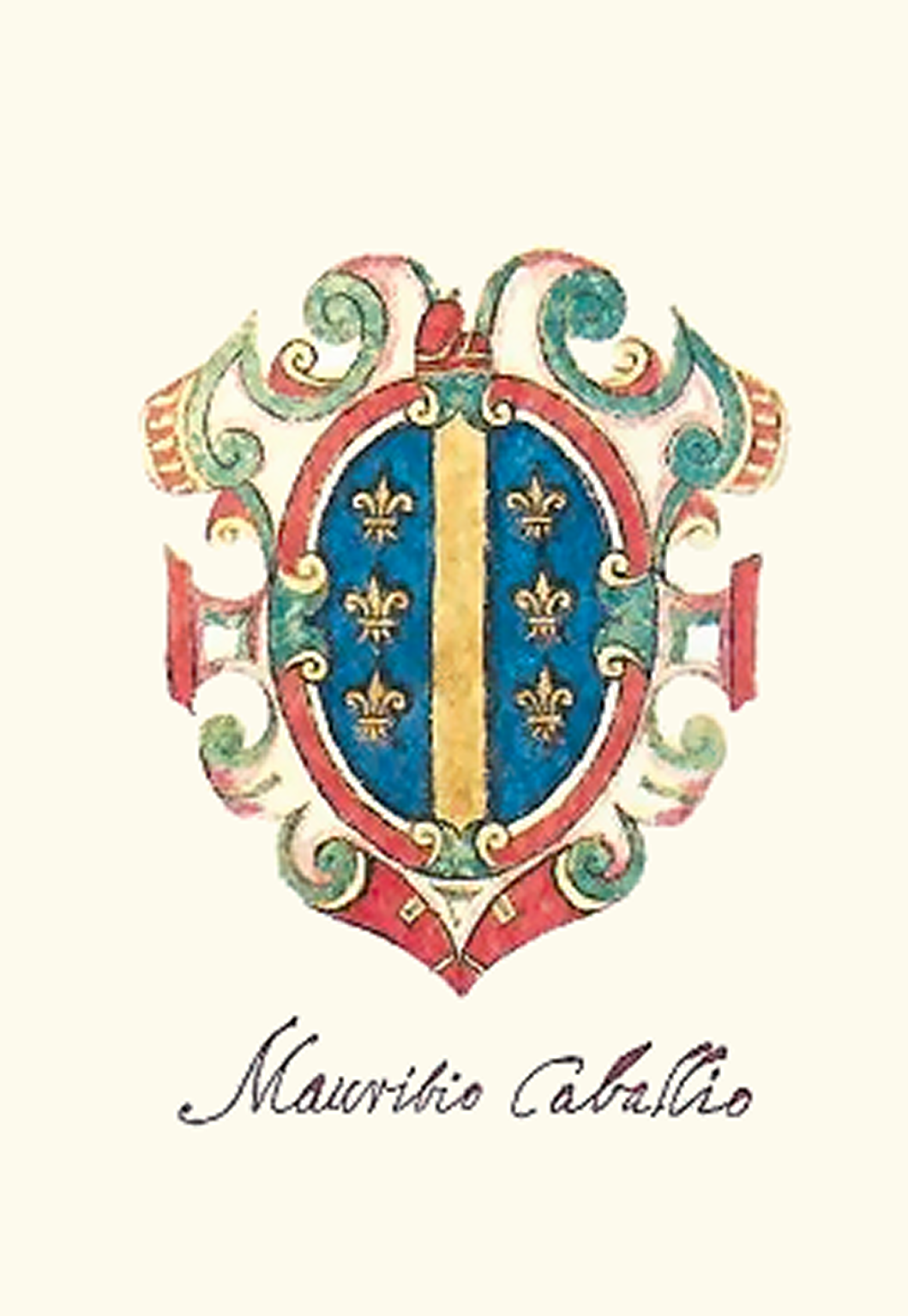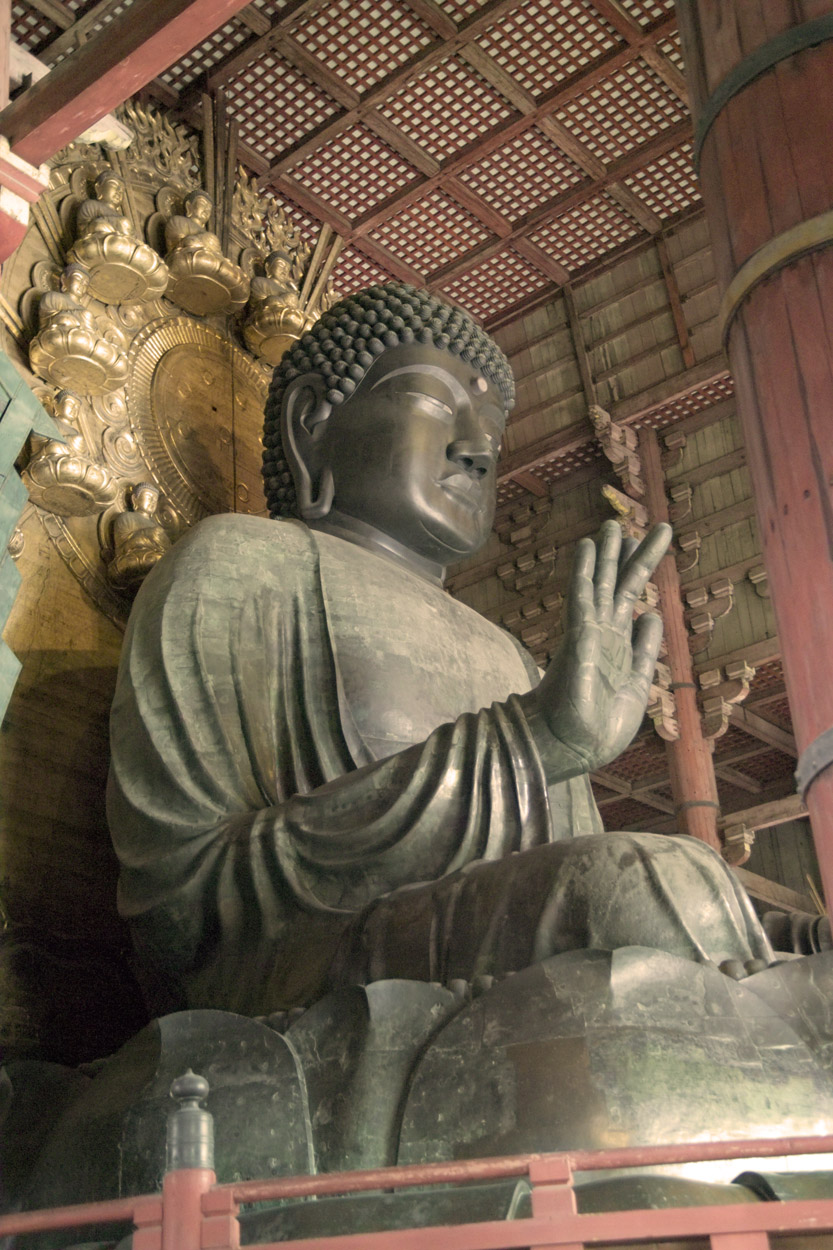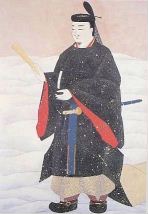|
Fujiwara No Nakamaro
, also known as , Brown, Delmer M. (1979). ''Gukanshō,'' p. 274 was a Japanese aristocrat (''kuge''), courtier, and statesman. Nussbaum, Louis-Frédéric. (2005)"Fujiwara no Nakamaro"in ''Japan Encyclopedia'', p. 207. He was chancellor ('' Daijō-daijin'') of the Imperial government during the Nara period. Sansom, George Bailey. (1958). ''A History of Japan to 1334,'' p. 91; excerpt, "He paid particular attention to military matters, and while he was Chancellor, he planned a line of forts at points in the northern provinces of Mutsu and Dewa, which were to be bases of operations against the rebellious aborigines. His project did not succeed ..." Early life Nakamaro was the second son of Fujiwara no Muchimaro, who was the founder of southern branch of the Fujiwara clan. Career Nakamaro was named to progressively important court positions during the reign of Empress Kōken. * Minister of the Right (''udaijin'') * Supreme Military Official (''shibinaishō'') * Vice Minister (' ... [...More Info...] [...Related Items...] OR: [Wikipedia] [Google] [Baidu] |
Delmer Brown
Delmer Myers Brown (November 20, 1909November 9, 2011) was an American academic, historian, writer, translator and Japanologist. He was a professor of Japanese history at the University of California at Berkeley. Early life, education, and personal life Brown was born on November 20, 1909, in Harrisonville, Missouri, and grew up in Kansas City, Missouri. In 1925, he moved with his family to Santa Ana, California. He attended Santa Ana Junior College and then Stanford University, where he graduated with a degree in history in 1932. Instead of going to law school, as originally planned, Brown took a position teaching English at a prestigious Japanese Imperial "Higher School" in Kanazawa, Ishikawa, Japan. It was there that he met and married Mary Nelson Logan in 1934. During World War II, Brown served as an intelligence officer in the U.S. Navy. Brown earned his Ph.D. in Japanese history from Stanford in 1946. [...More Info...] [...Related Items...] OR: [Wikipedia] [Google] [Baidu] |
Tachibana No Naramaro
was a Japanese aristocrat (''kuge''), courtier, and statesman of the Nara period. He was the son of ''sadaijin'' Tachibana no Moroe and the second head of the Tachibana clan (kuge), Tachibana clan. He attained the Ritsuryō#Establishment of court rank, court rank of and the position of ''Sangi (Japan), sangi'', and posthumously of and ''daijō-daijin''. He was the leader of a plot to replace Fujiwara no Nakamaro and to overthrow Empress Kōken (''Tachibana no Naramaro's Conspiracy''). It was not successful.Bender, Ross. (2009)"The Suppression of the Tachibana Naramaro Conspiracy,"''Japanese Journal of Religious Studies'' 37/2:223–245; compar mirrored full-text retrieved 2012-10-23. Early life Naramaro's father Moroe was trusted by Emperor Shōmu to govern, and by 743 was promoted as far as and ''sadaijin''. In 740, Naramaro was conferred the rank of and then promoted to . In 741 he was promoted to ''Daigaku-no-kami'', in 743 to , in 745 to , in 746 to , and in 747 to . ... [...More Info...] [...Related Items...] OR: [Wikipedia] [Google] [Baidu] |
764 Deaths
__NOTOC__ Year 764 ( DCCLXIV) was a leap year starting on Sunday of the Julian calendar, the 764th year of the Common Era (CE) and Anno Domini (AD) designations, the 764th year of the 1st millennium, the 64th year of the 8th century, and the 5th year of the 760s decade. The denomination 764 for this year has been used since the early medieval period, when the Anno Domini calendar era became the prevalent method in Europe for naming years. Events By place Europe * Domenico Monegario is deposed, after Pope Paul I demanded donations from Venice. Monegario is blinded and exiled, and succeeded by Maurizio Galbaio as the 7th doge of Venice. During his reign, Venetian wealth is increased via trade. Britain * King Offa of Mercia conquers Kent, and brings an end to the rule of kings Ealhmund and Sigered in West Kent. He imposes Mercian overlordship on the kingdom, but allows a local king, Heaberht, to rule there. Asia * October 14– 21 – Fujiwara no Nakamar ... [...More Info...] [...Related Items...] OR: [Wikipedia] [Google] [Baidu] |
706 Births
7 (seven) is the natural number following 6 and preceding 8. It is the only prime number preceding a cube. As an early prime number in the series of positive integers, the number seven has symbolic associations in religion, mythology, superstition and philosophy. The seven classical planets resulted in seven being the number of days in a week. 7 is often considered lucky in Western culture and is often seen as highly symbolic. Evolution of the Arabic digit For early Brahmi numerals, 7 was written more or less in one stroke as a curve that looks like an uppercase vertically inverted (ᒉ). The western Arab peoples' main contribution was to make the longer line diagonal rather than straight, though they showed some tendencies to making the digit more rectilinear. The eastern Arab peoples developed the digit from a form that looked something like 6 to one that looked like an uppercase V. Both modern Arab forms influenced the European form, a two-stroke form consisting of a ho ... [...More Info...] [...Related Items...] OR: [Wikipedia] [Google] [Baidu] |
Tōshi Kaden
, commonly abbreviated to ''Kaden'', is a Japanese biographical record of the Fujiwara clan. Compiled by Fujiwara no Nakamaro and Enkei, it was completed between 760 and 766.Nihon Koten Bungaku Daijiten (1986:369) It is two volumes in length. Contents The first volume, known formally as , was compiled by Fujiwara no Nakamaro. It records the biography of Fujiwara no Kamatari, the ancestor of the Fujiwara clan. This is followed by accounts of his children, Jōe is a garment worn in Japan by people attending religious ceremonies and activities, including Buddhist and Shinto related occasions. The is essentially a white , traditional hunting robes worn by nobles during the Heian period. Though both Sh ... and Fuhito. However, only the Jōe passage survives. The second volume, known formally as , was compiled by Enkei. It records the biography of Fujiwara no Muchimaro. The text is viewed as a valuable supplemental historical source as it contains a number of anecdotal incide ... [...More Info...] [...Related Items...] OR: [Wikipedia] [Google] [Baidu] |
Harvard University Press
Harvard University Press (HUP) is an academic publishing house established on January 13, 1913, as a division of Harvard University. It is a member of the Association of University Presses. Its director since 2017 is George Andreou. The press maintains offices in Cambridge, Massachusetts, near Harvard Square, and in London, England. The press co-founded the distributor TriLiteral LLC with MIT Press and Yale University Press. TriLiteral was sold to LSC Communications in 2018. Notable authors published by HUP include Eudora Welty, Walter Benjamin, E. O. Wilson, John Rawls, Emily Dickinson, Stephen Jay Gould, Helen Vendler, Carol Gilligan, Amartya Sen, David Blight, Martha Nussbaum, and Thomas Piketty. The Display Room in Harvard Square, dedicated to selling HUP publications, closed on June 17, 2009. Related publishers, imprints, and series HUP owns the Belknap Press imprint (trade name), imprint, which it inaugurated in May 1954 with the publication of the ''Harvard Guide to ... [...More Info...] [...Related Items...] OR: [Wikipedia] [Google] [Baidu] |
Emperor Junnin
was the 47th emperor of Japan,Imperial Household Agency (''Kunaichō'') 淳仁天皇 (47)/ref> according to the traditional order of succession. The seventh son of Prince Toneri and a grandson of Emperor Tenmu, his reign spanned the years 758 to 764. Traditional narrative Before his ascension to the throne, his name (''imina'') was Ōi-no-ō. He was the seventh son of Prince Toneri, a son of Emperor Tenmu.Brown, p. 275. And although his father died when he was three, he was not given any rank or office at the court. After the forced abdication he received the newer rank, thus addressed Ōi''-shinnō''. In the older Japanese documents, he is usually referred to as Haitai (廃帝), the dethroned emperor. The posthumous name of Emperor Junnin was given by Emperor Meiji a thousand years later. Ascension and reign In 757 the Empress Kōken, his third cousin appointed him to be her crown prince instead of Prince Funado, who had been appointed to this position in the will of the E ... [...More Info...] [...Related Items...] OR: [Wikipedia] [Google] [Baidu] |
Empress Kōken
Empress Kōken (born Abe, known as Empress Shōtoku during her second reign; 718–770) was the 46th and 48th monarch of Japan according to the traditional order of succession. She was born to Crown Prince Obito (the future Emperor Shōmu) and his consort Fujiwara Asukabehime; seeking to protect the bloodline of Prince Kusakabe, her father proclaimed her the first crown princess in Japanese history in 738. She became the Empress Regnant in 749, after her father retired to become a Buddhist monk. With the backing of her mother (now Dowager Empress Kōmyō) and her mother's nephew Fujiwara no Nakamaro, she was able to outmaneuver a largely hostile (Council of State). Her father died in 756, and named a cousin unrelated to the Fujiwara as her heir; this outraged Fujiwara supporters, and Kōken replaced him with Prince Ōi, a close ally of her mother and Nakamaro. In 757, she headed off a conspiracy to overthrow her by Tachibana no Naramaro, and resigned the following year to s ... [...More Info...] [...Related Items...] OR: [Wikipedia] [Google] [Baidu] |
Kuge
The was a Japanese Aristocracy (class), aristocratic Social class, class that dominated the Japanese Imperial Court in Kyoto. The ''kuge'' were important from the establishment of Kyoto as the capital during the Heian period in the late 8th century until the rise of the Kamakura shogunate in the 12th century, at which point it was eclipsed by the ''Bushi (warrior), bushi''. The ''kuge'' still provided a weak court around the Emperor of Japan, Emperor until the Meiji Restoration, when they merged with the ''daimyō'', regaining some of their status in the process, and formed the kazoku (peerage), which lasted until shortly after World War II (1947), when the Japanese peerage system was abolished. Though there is no longer an official status, members of the list of Kuge families, ''kuge'' families remain influential in Japanese society, government, and industry. History ''Kuge'' (from Middle Chinese ''kuwng-kæ'' , "ducal family", or "nobility" in a pre–Kazoku, peerage context) ... [...More Info...] [...Related Items...] OR: [Wikipedia] [Google] [Baidu] |
Fujiwara Clan
The was a powerful family of imperial regents in Japan, descending from the Nakatomi clan and, as legend held, through them their ancestral god Ame-no-Koyane. The Fujiwara prospered since ancient times and dominated the imperial court until the Meiji Restoration in 1868. They held the title of Ason. The abbreviated form is . The 8th century clan history states the following at the biography of the clan's patriarch, Fujiwara no Kamatari (614–669): "Kamatari, the Inner Palace Minister who was also called ‘Chūrō'',''’ was a man of the Takechi district of Yamato Province. His forebears descended from Ame no Koyane no Mikoto; for generations they had administered the rites for Heaven and Earth, harmonizing the space between men and the gods. Therefore, it was ordered their clan was to be called Ōnakatomi" The clan originated when the founder, Nakatomi no Kamatari (614–669) of the Nakatomi clan, was rewarded by Emperor Tenji with the honorific "Fujiwara"after the w ... [...More Info...] [...Related Items...] OR: [Wikipedia] [Google] [Baidu] |
Fujiwara No Muchimaro
was a Japanese courtier (''kuge'') and politician of the late Asuka and early Nara period. He founded the Nanke ("Southern") branch of the Fujiwara clan.'' MyPedia'' entry for "Fujiwara no Muchimaro His court rank is Senior First Rank. Life Muchimaro was the eldest son of Fujiwara no Fuhito, and his mother Soga no Shōshi was the daughter of Soga no Murajiko. He married a granddaughter of Abe no Miushi, with whom he had two sons Fujiwara no Toyonari and Fujiwara no Nakamaro. Among his daughters was a consort of Emperor Shōmu. Muchimaro became the head of Ministry of Civil Services in 718. When Fuhito, Muchimaro's father, died in 720, Prince Nagaya was at the highest rank in the state government. Prince Nagaya was a grandson of Emperor Tenmu, but not a son of Fujiwara family, therefore was seen as a threat by Muchimaro and his three brothers. After successfully removing Prince Nagaya in 729, Muchimaro rose to ''Dainagon'' (Counselor of the first rank). In 734, he wa ... [...More Info...] [...Related Items...] OR: [Wikipedia] [Google] [Baidu] |



